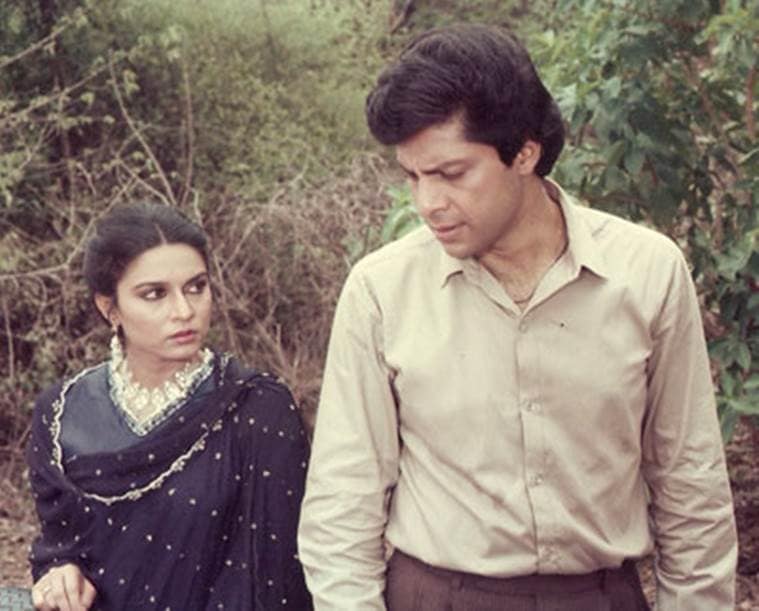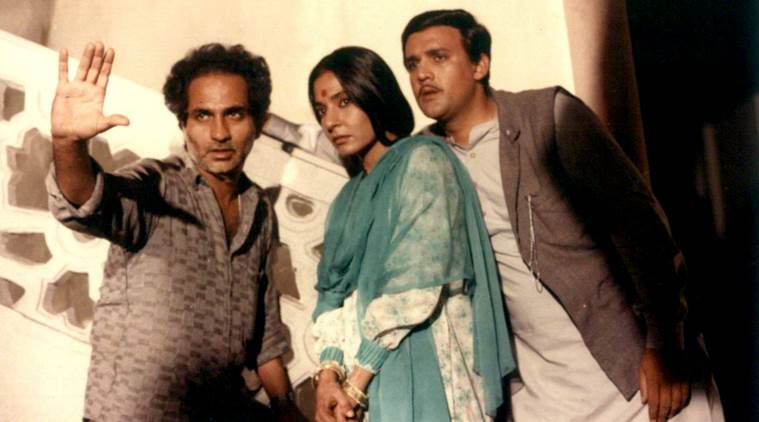

- #BUNIYAAD CAST INSTALL#
- #BUNIYAAD CAST SERIAL#
- #BUNIYAAD CAST SOFTWARE#
- #BUNIYAAD CAST SERIES#
- #BUNIYAAD CAST TV#
From the large metros satellite TV delivered through cable moved into smaller towns, spurring the purchase of TV sets and even the upgradation from black and white to colour televisions. Others turned entrepreneurs and started offering the signal to their neighbours by connecting cable over treetops and verandahs. When, urban Indians learnt that it was possible to watch the international affairs on television, they gradually bought dishes for their homes. And when the solitary few soaps like Hum Log (1984), and mythological dramas like Ramayana (1987-88) and Mahabharata (1988-89) were televised, millions of viewers stayed glued to their sets. Entertainment programmes were few and far between.

Before this, Indian viewers had to make do with DD's regulated fare which was non-commercial in nature and directed towards only education and socio-economic development. The second turning point in the history of Indian television came in the early nineties with the broadcast of satellite TV by foreign programmers like CNN followed by Star TV and a little later by domestic channels such as Zee TV and Sun TV into Indian homes. In this period no private enterprise was allowed to set up TV stations or to spread TV signals.
#BUNIYAAD CAST INSTALL#
It then proceeded to install transmitters nationwide rapidly for terrestrial broadcasting.

The first in the eighties when colour TV was introduced by state-owned broadcaster Doordarshan (DD) timed with the 1982 Asian Games which India hosted. There were initially two ignition points in the history of Indian Television. Television has come to the forefront only in the past 21 years and more so in the past 13. Advertisers quickly understood the advantages of advertising their products on a medium that reached a huge national audience. These popular television programs attracted large audiences, and generated vast advertising earnings for the Indian government through Doordarshan. Huge hits included historical serials such as The Sword of Tipu Sultan and The Great Maratha, religious serials such as Jai Hanuman, Shri Krishna, and Om Namah Shivay, fantasy serials like Shaktimaan, and family serials like Shanti, Hum Raahi, and Udaan. In the 1990s, serials were in large numbers on Doordarshan. In 1987, Ramayana, a Hindu religious epic, attracted smash ratings, to be then eclipsed by the phenomenally successful Mahabharata in 1988-89. Hum Log, one of the most popular Hindi serials, was quickly followed by Buniyaad, a historical soap opera about the partition of British India into India and Pakistan in 1947. The public rapidly accepted this new consumer product, suggesting the power of television commercials. The advertising carried by Hum Log promoted a new consumer product in India, Maggi 2-Minute Noodles. The main lesson learned from this experience was that an indigenous television program could attract and build a large loyal audience over the duration of the serial, generating big profits. Highly popular television soap operas began with Hum Log in 1984-85, evoked a programming revolution at Doordarshan. Most of the talented individuals got connected with the television industry. Program production, previously a monopoly of Doordarshan, the government-run national television system in India, was then opened to the group of aspiring artists, producers, directors, and technicians.
#BUNIYAAD CAST SOFTWARE#
The rapid expansion of television hardware in India increased the demand for developing more program software to fill the broadcast hours. Sales of TV sets, as reflected by licences issued to buyers were just 676,615 until 1977. In 1955 a Cabinet decision was taken disallowing any foreign investments in print media which has since been followed religiously for nearly 45 years. The thinkers and policy makers of the country, which had just been liberated from centuries of colonial rule, though television to be a luxurious element that Indians could do without. For the first 17 years, it spread haltingly and transmission was usually in black and white. Television in India has been in existence for about four decades. By the late 1980s more and more people started to buy television sets.
#BUNIYAAD CAST SERIAL#
This serial reached the zenith of the world record viewer ship numbers for a single program.
#BUNIYAAD CAST SERIES#
The Ramayana and Mahabharata were the first major television series produced. The prestigious history of Indian television has envisioned the progress, expansion and growth of audio visual media in the nation.ĭuring the 1980s Indian small screen programming began and at that time there was only one national channel Doordarshan, which was government owned. History of Indian Television lays bare the journey of television and the assorted highs and lows.


 0 kommentar(er)
0 kommentar(er)
